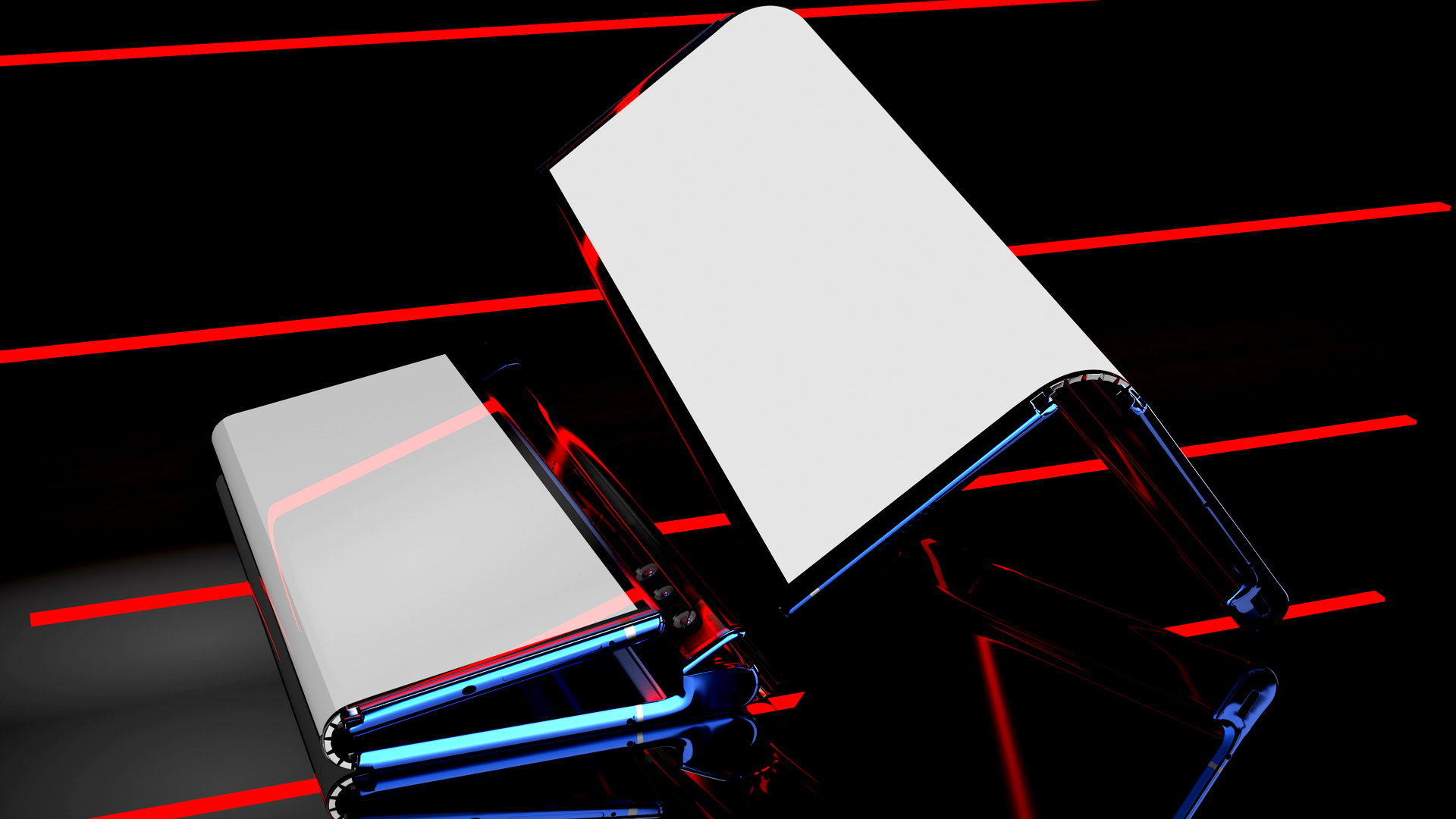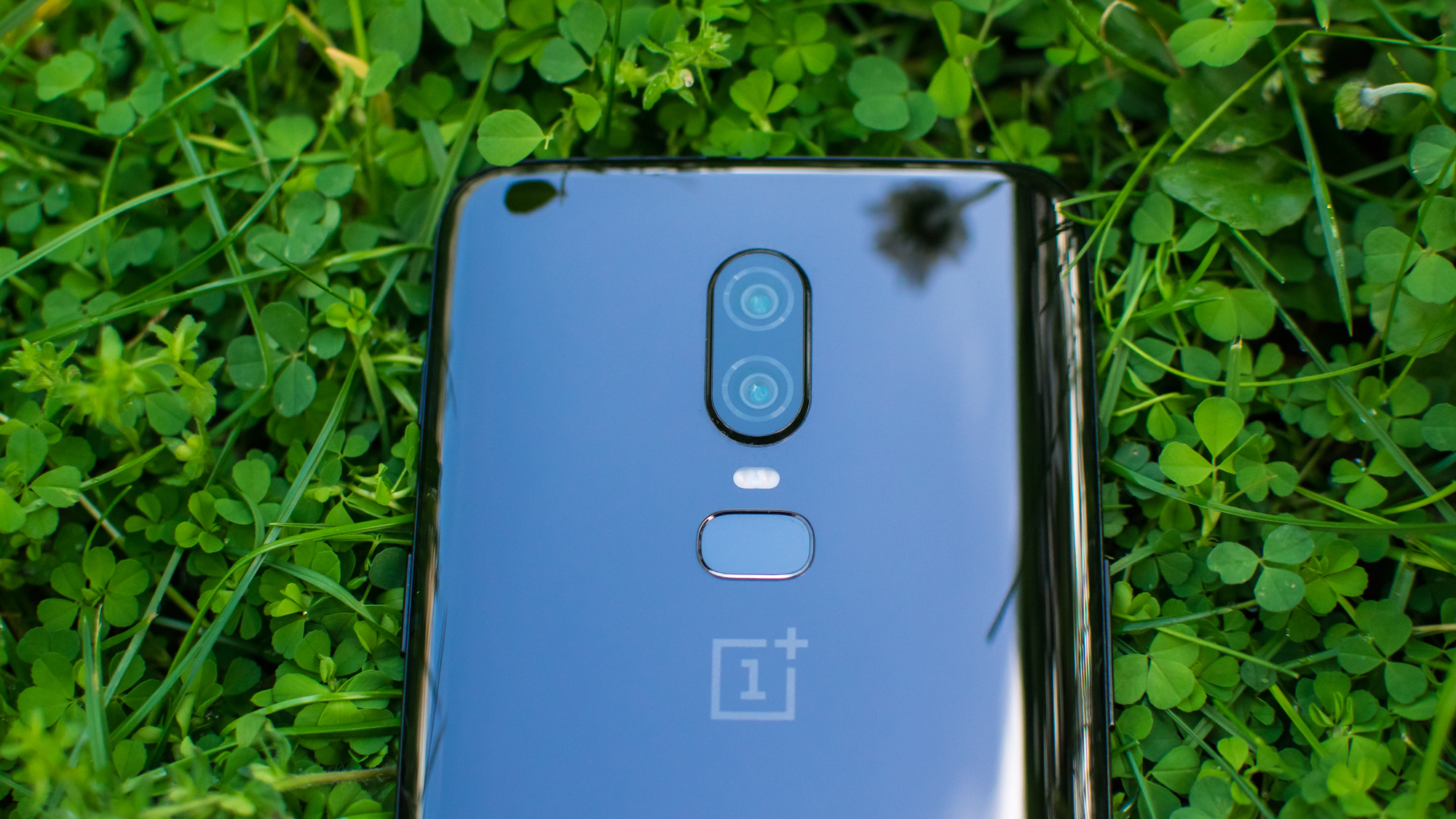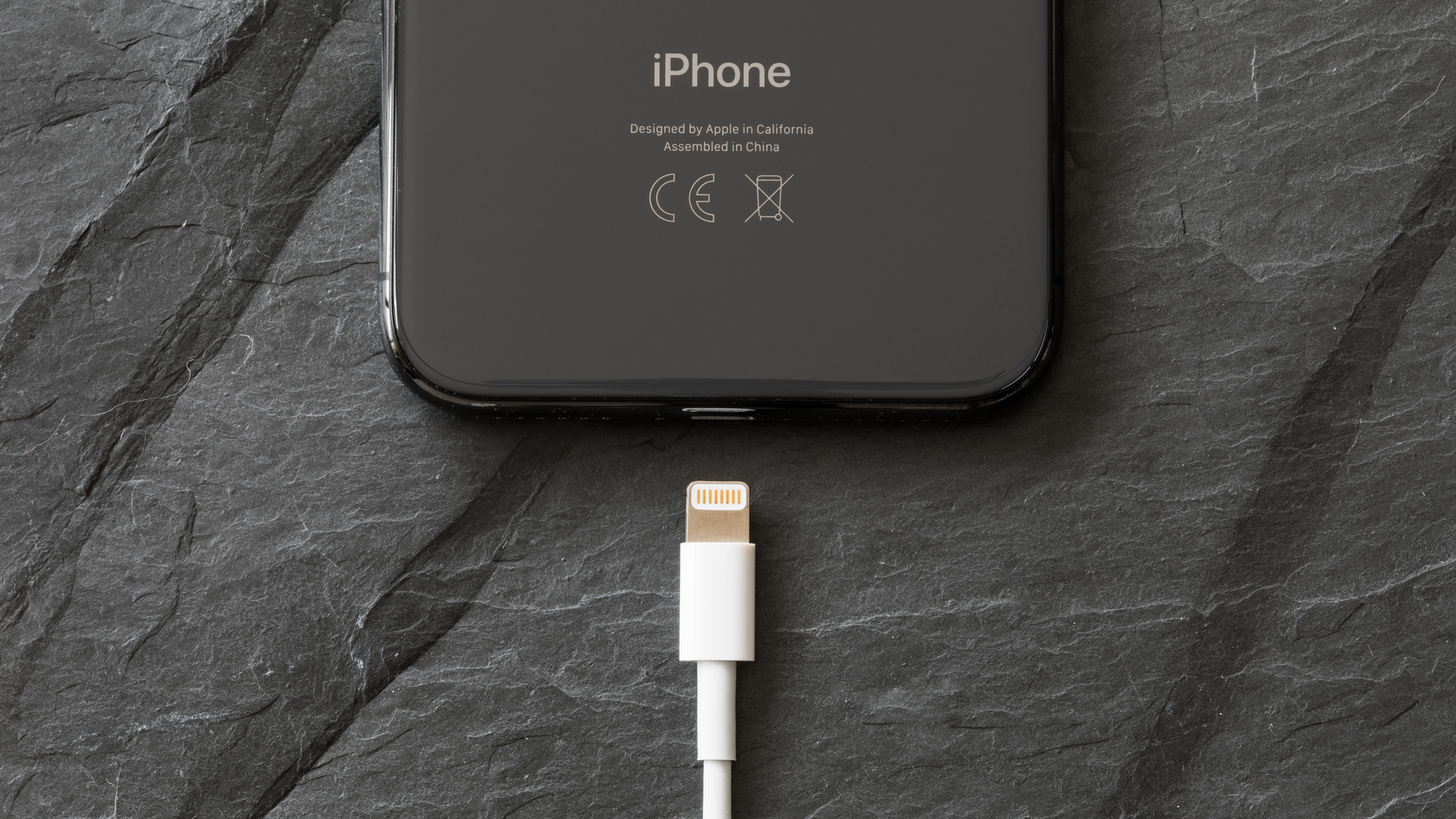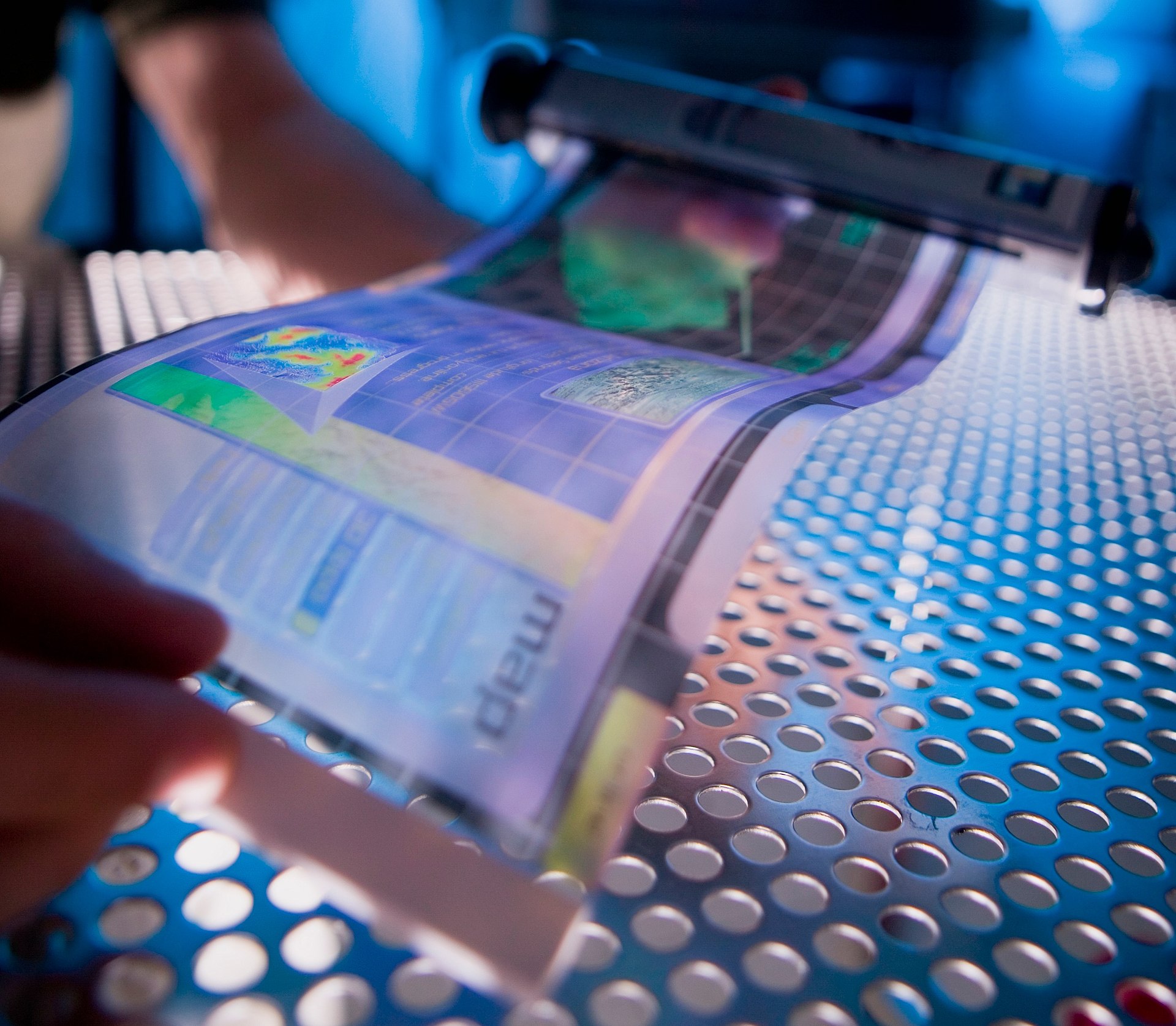The age of the smartphone is coming to an end
AI and folding displays are about to redefine our relationship with mobile technology

Although the core purpose of a smartphone has always been communication, today our devices play a much wider role in our interaction with the world. That evolution has spurred a need for better hardware and software, which in turn has called for more sophistication in smartphone designs. We need our devices to be incredibly powerful, but thin enough to fit comfortably in our pockets, be light enough to hold in one hand - not to mention beautiful to look at.
Yet, there's only so far you can push this paradigm. The design leaps with new smartphone generations are arguably becoming smaller and smaller. We've pushed the bezel as far to the edge of the screen as it will go, and we are starting to see fewer standout features from our market leaders that can't otherwise be found in budget alternatives.
With edge-to-edge screens now being widely adopted and no longer a market differentiator, attention has now turned to folding technology. Mobile World Congress 2019 has already offered a glimpse into what's next to come, with Samsung and Huawei both announcing foldable smartphones - the Galaxy Fold and Mate X respectively.

Huawei's Mate X folding smartphone at MWC 2019
Many pundits suggest that new smartphone form factors, like bendy models, will capture the imagination of the consumer, yet others predict that the days of the smartphone are numbered. According to IDC, 2018 was the worst year ever for global smartphone shipments, declining 6% over 2017.
A changing market
The issue for the smartphone market is that consumer trends are constantly changing. Customers are starting to become far more conservative with their choices, and sales have started to decrease as a result.
Dominic Sunnebo, consumer insight director of Kantar Worldpanel Comtech tells IT Pro that "rising costs and a lack of game-changing updates have seen European smartphone lifecycles rise to an average of over 26 months". That's three months longer than what was seen just two years ago.
Get the ITPro daily newsletter
Sign up today and you will receive a free copy of our Future Focus 2025 report - the leading guidance on AI, cybersecurity and other IT challenges as per 700+ senior executives
"The growth in SIM-only tariffs being offered by network operators has also contributed to this trend," explains Sunnebo, "as it means many are not on an automatic upgrade cycle, and with the age of 'rubbish Smartphones' long gone, there is less of a push for consumers to change."
He believes that to capture market share and retain customer loyalty, innovating around the features that consumers cite as most important when purchasing a new device is key. "In Europe, this means superior camera quality (which 52% view as the key purchase driver - up nearly 5% from 2016), and specifically multi-lens, low light and selfie performance," says Sunnebo.

OnePlus has garnered a reputation for offering high-quality phones at mid-tier prices
However, this reduced device lifecycle has coincided with an oversaturation of the market, something which has been attributed to a lack of innovation from the few manufacturers that used to dominate the space.
"Smartphones have reached saturation at 85-90% of adults in the US, Europe and advanced Asia," explains Tim Hatt, head of research at GSMA Intelligence. "Replacement rates have lengthened to 3.5 years, in part because of the removal of carrier subsidies but mostly because there has simply been less to innovate on, making upgrades less compelling."
Jordan Carter, a health and wellbeing specialist at GearHungry, says the latest smartphone releases stir less excitement in consumers. "They have disengaged with the idea of immersing themselves in the latest product releases as they often feature minor changes that they could live without in their everyday lifestyle.
"Consumers have grown to be less loyal to their once much-loved brands. For the first time in several years, they are looking to other brands in order to gain their tech fix. Other brands have somewhat caught up on the cult brands' digital offering, making it harder to capture the attention of even their most diehard fans."

The Lightning connector has long been the exclusive charging option for Apple devices
Part of this disengagement has been the increased value proposition delivered by new players entering the market that are able to offer consumers more choice when it comes to their devices. Forcing consumers to buy into one particular cable type in order to charge their device is a tactic that has become outdated and is largely seen as anti-consumer.
"Adapters, chargers and specific headphones come at a cost," explains David Baddeley, CEO of Scottish Trust Deed. "Instead of feeling like they are in an exclusive club, consumers feel cheated."
Tools for innovation
One area that could allow the old-guard manufacturers to take control once again is the field of artificial intelligence. Smartphones are likely to change dramatically with this technology, fundamentally changing the user experience of mobile devices.
"If we imagine a personalised AI assistant that makes some set of decisions for you, that might mean a lot of things that currently take effort on the phone become things that are just done by the AI without the need to really intervene," says Tom Morrod, consumer technology research director at IHS Markit.
"Pulling up directions, ordering things, booking restaurants, responding to emails and checking for important news or meaningful notifications. A lot of screen time right now is spent checking on things or sorting out things that are relevant in that moment, and if you had a good enough assistant a lot of that would be done automatically.
Morrod believes that the reason innovation has slowed is in part due to current designs simply being well suited for the purpose for which they are used. However, folding screen technology may well provide the sort of innovation that the market so desperately needs - at least in the long term.
"Folding phones are the short-term experimentation with new form factors around flexible screens," explains Morrod. "Flexible OLED is a great technology and is the most progressive as it allows for new form factors like wearable phones, or phones that expand into tablets or laptops."

The concept of bending screens will almost certainly dominate smartphone design in the years to come
"In the next year or so we could see phones halving in size to be clamshells with a central screen that's a normal smartphone size (a compact or wallet shaped phone really, with a smartphone inside), and we could see normal sized smartphones which fold out into tablets.
He adds that we could even get devices with "multiple folds so that a screen essentially expands from a compact phone into something that might be the size of a laptop screen", which would allow for some convergence between smartphones and laptops.
Although it's not clear precisely what the technology will bring, what most can agree on is that once the folding screen is perfected, the resulting device will mark a staggering leap for mobile technology, and is likely to change the nature of the smartphone entirely.
Redefining the 'smartphone'
Morrod argues that multi-functional personal devices with connectivity and localised processing are going to be around for a long time, but what they look like might change.
"We're already seeing some use of wearables like smartwatches for certain smartphone uses, such as viewing texts, maps or apps," says Morrod. "Perhaps more compelling versions of wearables, such as wrap-around screens on flexible bands, will start to trend the phone market towards something else.
"Flexible phones might start to look more like wallets than phones. Audio communication and AI might replace the need for a lot of the screen space currently used for search and navigation."
Considering how many of us currently own a smartphone, it's difficult to think of a future where they simply don't exist. In the short-term, they're here to stay, and may not change hugely from a design point-of-view. However, with the advent of AI and folding screen technology, our understanding of what the term 'smartphone' means will change dramatically.
Perhaps we'll need a new word entirely.
Photo by US Army REDCOM / CC BY 2.0
Nicholas Fearn is a freelance technology journalist and copywriter from the Welsh valleys. His work has appeared in publications such as the FT, the Independent, the Daily Telegraph, the Next Web, T3, Android Central, Computer Weekly, and many others. He also happens to be a diehard Mariah Carey fan. You can follow Nicholas on Twitter.
-
 Should AI PCs be part of your next hardware refresh?
Should AI PCs be part of your next hardware refresh?AI PCs are fast becoming a business staple and a surefire way to future-proof your business
By Bobby Hellard Published
-
 Westcon-Comstor and Vectra AI launch brace of new channel initiatives
Westcon-Comstor and Vectra AI launch brace of new channel initiativesNews Westcon-Comstor and Vectra AI have announced the launch of two new channel growth initiatives focused on the managed security service provider (MSSP) space and AWS Marketplace.
By Daniel Todd Published